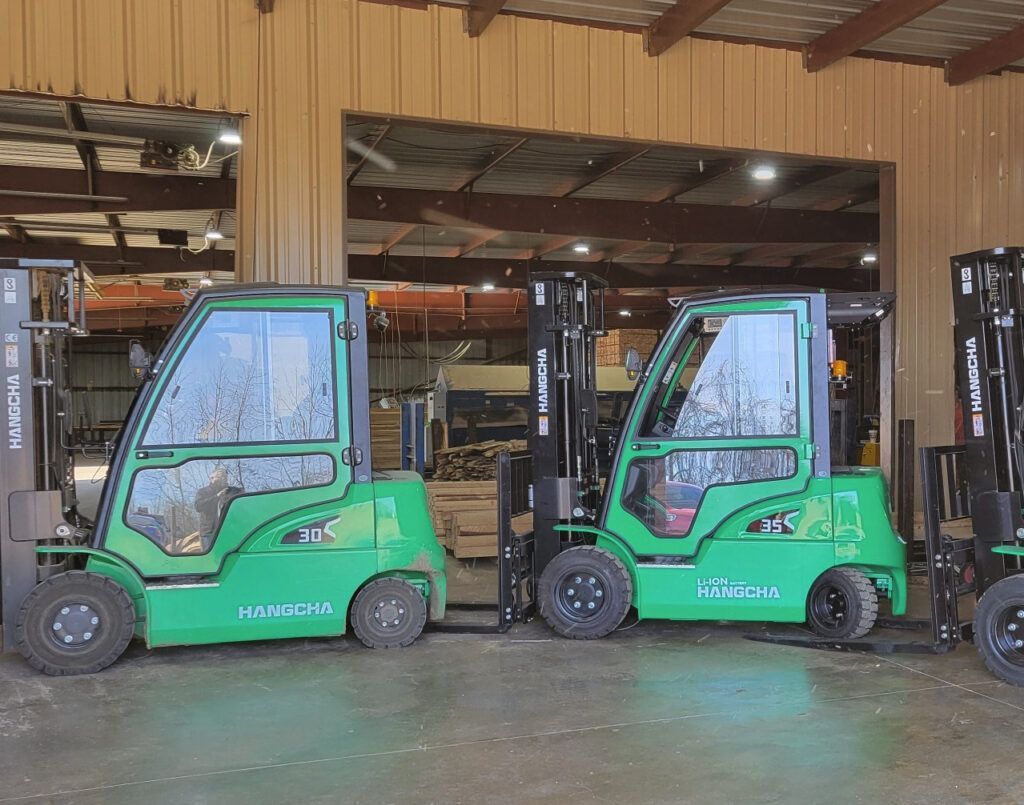Warehouse Spring Cleaning & Maintenance
The turn of each season is a good milestone for facility managers to mark maintenance and deep-cleaning of their warehouse, especially during the spring season. It’s no secret that regularly addressing repairs, cleanliness, and safety guideline updates improves productivity, saves on overall costs, and avoids unnecessary downtime. Nows the time for some warehouse spring cleaning so let’s get started.
Make A Plan
Before you get started, block off a chunk of time when your warehouse isn’t being used or experiences the lightest traffic. Schedule your bigger tasks during this time so as not to disrupt business as usual. Create a checklist that prioritizes cleaning projects and add deadlines to help you stay on track.
If you don’t already have a daily, weekly, or monthly cleaning schedule established, now is a good time to create one that will help maintain these deep-cleanings and seasonal maintenance tasks. Keep them handy for employees and integrate these regular tasks in job descriptions. Setting cleanliness expectations helps keep everyone on the same page and allows for consistency.

Keep It Clean
Start with the floors. Before you do anything else, start with cleaning the floors and developing a strategy to keep them clean — these small moves mitigate serious risk. Not only are slip-and-fall accidents less likely when a floor is clean and navigable, but business processes can be optimized. Cleaning debris, polishing concrete, and reapplying safety markings also mean that your warehouse equipment can navigate safely and speedily.
Are there corners of your warehouse that are cluttered or disorganized? This can slow down work and present safety challenges to your employees. Now is the time to streamline these areas, adding additional shelving space or re-arranging inventory so forklift drivers can easily navigate it. Don’t overlook your loading docks, either: This is where everything moves in and out of your warehouse; doesn’t it just make sense to keep it clean?
Pests can enter warehouses easily and present all sorts of problems, the least of which is the spread of disease. They can also destroy inventory with their nesting habits, something that could directly hurt your bottom line. Prioritize pest control all year long, but especially when the seasons change and different pests come out to enjoy the warmer weather — call in professional pest control for routine treatment.
Move to Maintenance
The best way to avoid the cost and downtime that comes with emergency maintenance is to work hard to prevent serious problems from arising in the first place. Routine inspection and maintenance of equipment can alert managers and employees to problems that could slow down productivity and cause a safety hazard. A forklift leaking a bit of oil may not seem like a problem until it causes a slip-and-fall accident in your warehouse.
Don’t hesitate to replace outdated or poorly functioning warehouse equipment during this time. Equipment repairs are less costly than replacements but there may be a time when buying new is the only rational option. Work closely with your vendor to ensure that you’re getting top-quality equipment and a team that can help keep it well-maintained.
Using a warehouse monitoring system can streamline regular maintenance. Whether you’re using warehouse management software or in-person observation, keeping an eye on the floor can help identify potential cleanliness or maintenance issues before they become problematic. Think about offering incentives to employees to help support monitoring initiatives and commit to a culture of safety.

Strive For Safety
Think like an OSHA auditor and go through your warehouse with a sharp eye. It’s easy to get into a routine and overlook safety guidelines over time, and an inspection could land you costly fines at best. At worst, your warehouse could be dangerous for your best asset: your employees. Call on a team of technicians that specialize in the equipment you use most and work with them to develop a plan to stay compliant.
Having a regularly maintained warehouse is directly related to employee engagement, overall productivity, and revenue. As you move through your warehouse spring cleaning checklist that addresses these key areas, it’s a wise move to consult with warehouse professionals to answer any questions.
Turn to Benco: We provide sales, installation, service, and repair for the critical equipment in most warehouses. Our technicians are OSHA trained, and Factory Certified in Hyundai and PowerBoss equipment. Whether you’re looking for equipment for your newly purchased warehouse or you’re looking to replace aging warehouse supplies, Benco Industrial Equipment can help.
The post Warehouse Spring Cleaning & Maintenance appeared first on Benco Industrial Equipment.




